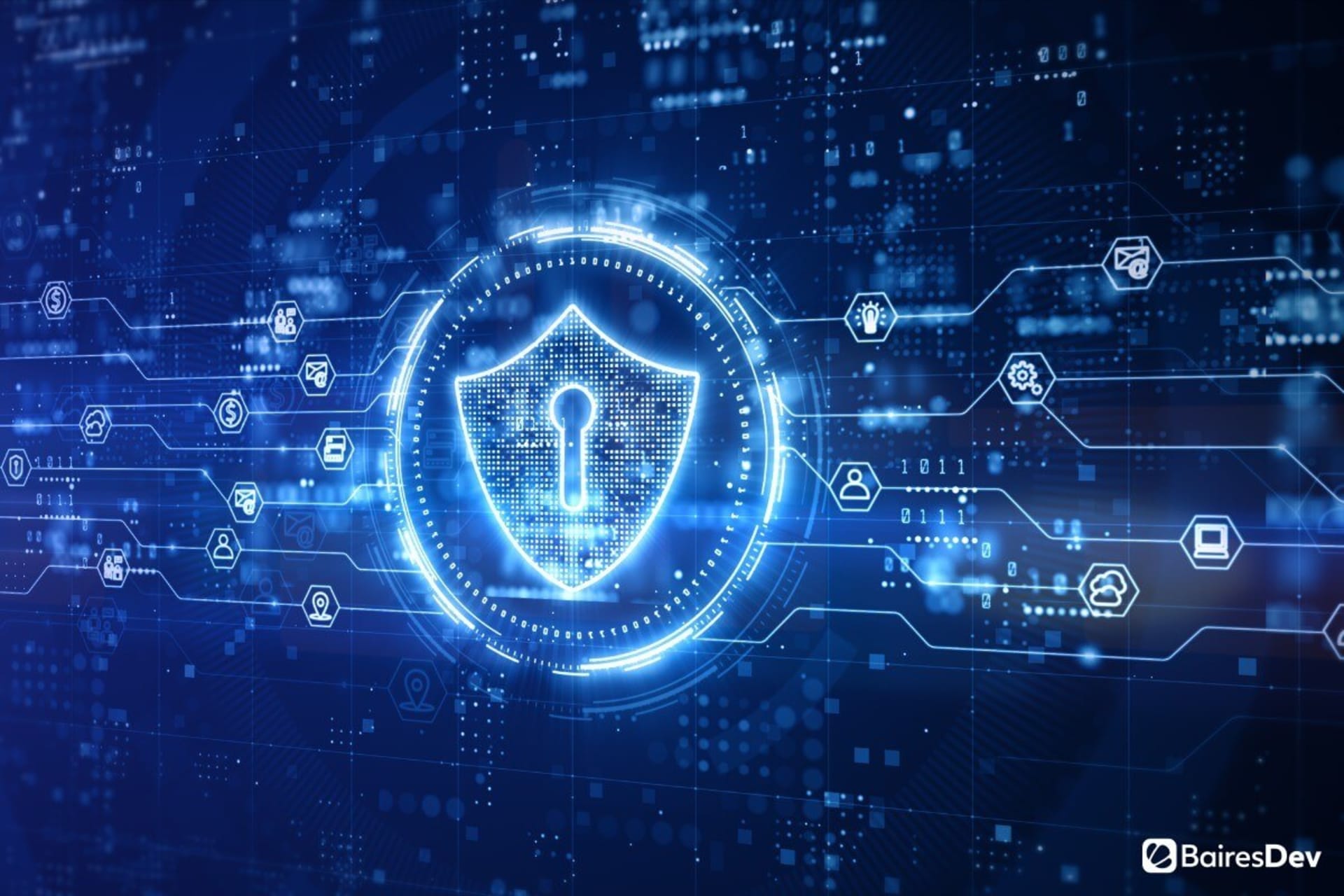If cybersecurity was already a major concern for businesses all across the board, it surely became a top priority for them in the wake of the COVID-19 pandemic. That’s because the health crisis sharply increased the number of remote employees, multiplying the available attack surface exponentially.
Simultaneously, the number of attacks has also been increasing with the added issue of the sophistication of the existing threats. Both of those phenomena are worrying executives and IT leaders in most industries, as the general feeling is that no one is safe from cybersecurity attacks.
That’s why we can safely say that one of today’s most pressing imperatives is to embrace ever-evolving cybersecurity strategies that can continuously face the ever-expanding threats in the current business landscape. This means the adoption of agile cybersecurity approaches, robust tools, and cutting-edge services.
We’ve already reviewed many of them in this very blog, but the changing nature of threats requires that businesses always pursue new paths to strengthen their defenses. That’s why I think companies across industries should be paying attention to the following 3 modern security services.
Privilege Threat Analytics Service
You surely already know about the current need of a solid management system for access and authentication. Since so many people are connecting to corporate networks through remote connections, it’s essential to grant only the necessary permissions for different users based on their roles and behaviors. Yet, that can prove challenging in practice.
That’s why incorporating a privilege threat analytics service is so critical. Through it, you can have an adaptive system that can manage the privilege of all the users in your organization in real time. The privilege threat analytics service leverages machine learning algorithms to monitor user behavior considering user role, privilege level, and critical security areas. By doing so, the system can grant essential privileges, block ongoing attacks through privilege denial, and even suggest changes to privileges according to roles and usage.
Centrify’s Privilege Threat Analytics Service is a great example of this. The service includes an adaptive multifactor authentication layer to identify unusual behavior through risk-aware policies for everyone entering your network. That, combined with role-based access controls, user context, and multifactor authentication, enables smart and automated decisions to grant privileged access. Depending on the detected activity and your predefined policies, the system responds accordingly, granting or modifying access, prompting a new authentication factor, or blocking access entirely.
This kind of adaptive service is key for today’s businesses, as flexibility and agility are key in answering the different challenges in the cybersecurity field.
Brand Protection Service
An often overlooked threat to companies comes from cybercriminals impersonating legitimate brands online to gain access to sensitive customer information. Malicious actors frequently forge look-alike domains, fake websites, and misleading emails and social profiles to capture distracted users. This can mean a significant blow to your business, as it can negatively impact your reputation, especially if you don’t do anything about it.
What makes this kind of threat tricky is that you might not be aware that other people are impersonating your brand online, mainly because detecting those fraudulent activities requires active vigilance on your part. Fortunately, cybersecurity companies are already offering brand protection services to monitor web, domain, and social media channels through smart algorithms.
This service works by continuously gathering information from channels as varied as the surface web, the deep web, the dark web, and all social channels to detect brand-related keywords and variations. Thus, it offers an in-depth report of existing threats with all the details your tech team will need to take those threats down.
A good example to understand this is PhishLabs’ Brand Protection service. The company uses automated tools capable of sifting through vast troves of data coming from multiple sources to identify the threats with the most potential for harm. Then it provides you with all the necessary evidence for effective takedowns. Since cloud-computing providers, registrars, and social platforms all have different qualifications for takedown, PhishLabs tailors that report to meet those requirements while also leveraging direct kill switches and favored escalation.
You might point out that brand reputation services aren’t precisely a new thing—and they aren’t. Yet, there hasn’t been another point in history when having one active at all times proved to be so necessary.
Service Desk Efficiency
Service desk isn’t the first thing you think of when talking about cybersecurity. That’s because, for most people, the service desk is the department that deals with system errors, forgotten passwords, and other common troubleshooting issues. But that’s precisely the point. A lot of time, the service desk is the first area to become aware of a security problem, so it becomes an integral part of any cybersecurity efforts.
That’s the main reason to consider a service that boosts the efficiency of your service desk. Through a dedicated solution, you can streamline your service desk tasks, improving your response times and automating the solution of recurring problems. Most importantly, you’ll have a central hub to get everyone on the same page when facing incidents involving critical systems that may leave your company exposed.
Take the Service Desk Efficiency offering from BeyondTrust. Aside from helping you automate your service desk and improve your support for users, this service is very useful in the case of an attack or breach. That’s because you can use the Remote Support solution to quickly gather the team of experts needed to work on the incident in the same space. You can even incorporate outside vendors and consultants to collaborate on mitigating the issue, leading to higher first-call resolution, lower escalation rates, and faster incident resolution times.
While it might not feel like a critical asset, having a service desk efficiency solution in place can save the day by quickly connecting the expertise you need to solve the disruptions caused by any attack ASAP.
Toward a Complete Cybersecurity Infrastructure
The solutions above are hardly the only ones you’ll need to keep your business safe. There are many other cybersecurity applications you’ll need to that end. Yet, incorporating these into your security strategy is essential to manage certain security aspects that sometimes might be flying under the radar.
Naturally, you’ll have to check how these align with your overall security approach, and you’ll then have to work with cybersecurity experts to make them fit perfectly into your environment. But they surely are a needed addition for anyone building a complete cybersecurity infrastructure. And since the threats are increasing with every passing minute, I’m fairly sure that “anyone” includes you and your company.






